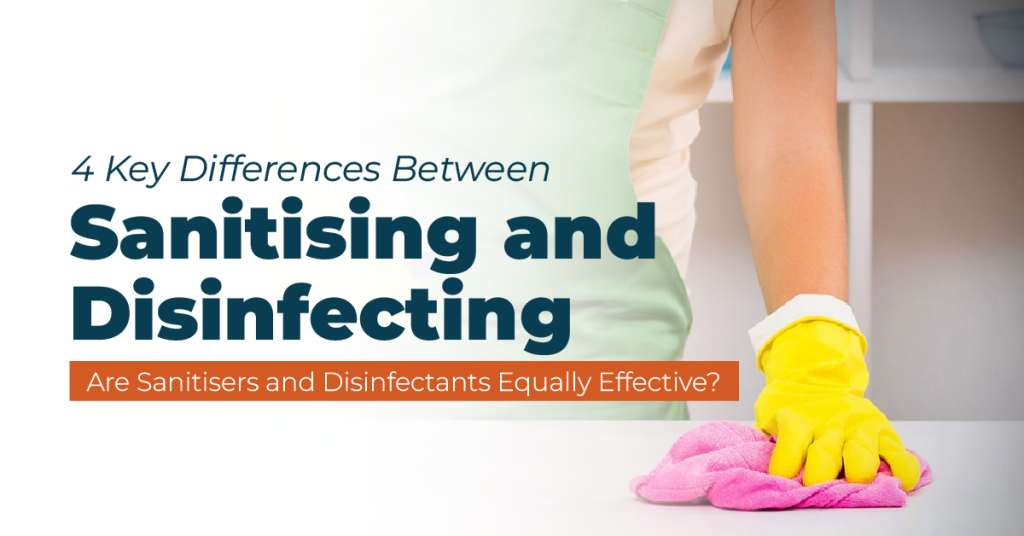
4 Key Differences Between Sanitising and Disinfecting
In this article, however, we compare and contrast sanitising and disinfecting while highlighting their individual differences against each other.

In this article, however, we compare and contrast sanitising and disinfecting while highlighting their individual differences against each other.
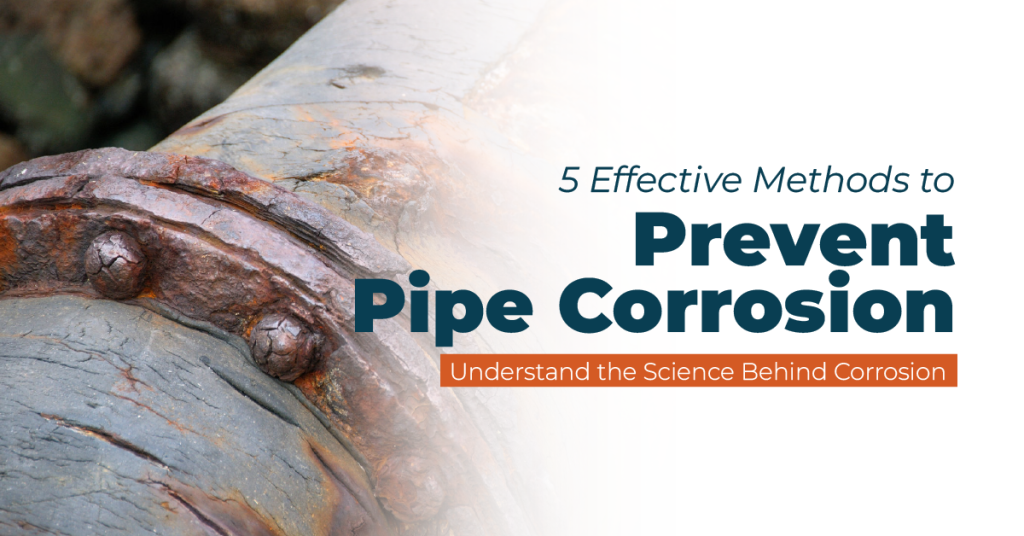
If you find yourself worrying about pipe corrosion and its potential impact on your projects, you’re not alone in this concern. The global cost of corrosion has been estimated at a staggering $2.5 trillion. Besides the financial cost, corrosion can lead to production downtime, workplace injuries, and even loss of life. Additionally, it’s difficult to detect without specialised equipment. Despite all these challenges, there’s no need to be afraid of corrosion. You can take action to prevent this pesky metal

As global awareness of environmental concerns continues to grow, examining your FOG (Fats, Oils, and Grease) management presently can be a prudent investment, safeguarding your business against anticipated, increasingly stringent global legislation in the future. Grease traps are the central collection point for all fats, oils, and grease (FOGs). Neglecting their cleaning not only exposes you to regulatory consequences but also subjects you to substantial fines. This article covers everything related to grease traps for commercial kitchens: definition, types, and
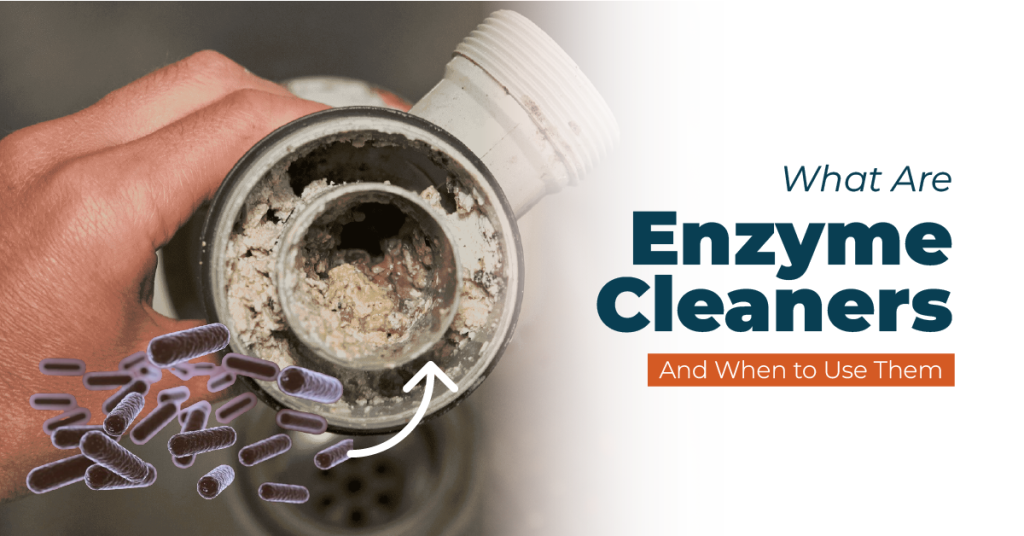
What Are Enzyme Cleaners Enzyme cleaners harness the power of biological enzymes, which are specialised molecules accelerating chemical reactions, to swiftly and efficiently degrade various types of dirt and grime. These cleaners contain beneficial bacteria that rapidly multiply and initiate the production of these enzymes upon application to a surface. As these bacteria flourish, they contribute to the breakdown of organic matter, such as food particles, grease, and other waste, into smaller components, making them easier to clean or remove
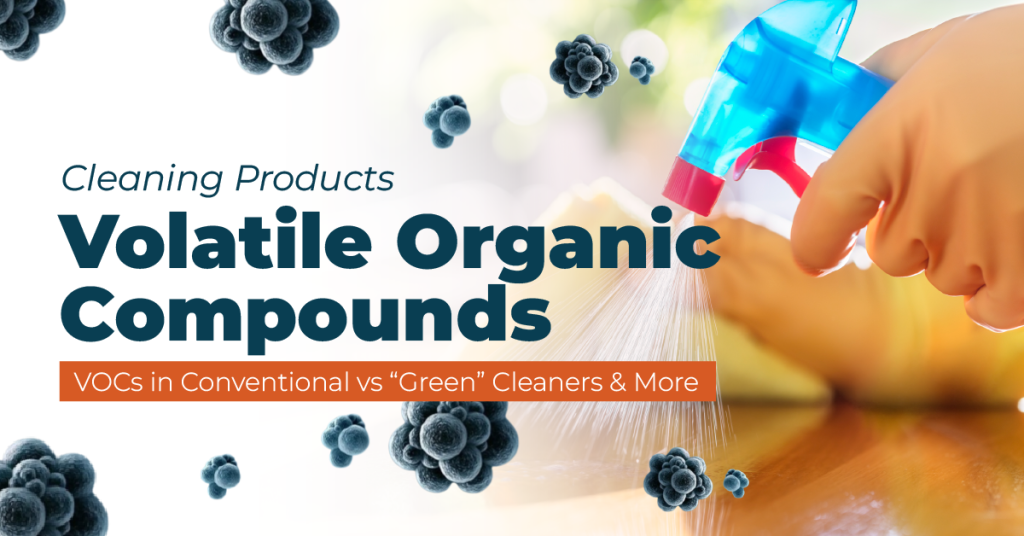
In recent years, there has been a heightened awareness surrounding Volatile Organic Compounds (VOC). However, the online sphere is flooded with misinformation and alarming tales about them. It’s crucial to acknowledge that VOCs are indeed real and possess potential health hazards. Nevertheless, adopting practical measures can significantly minimise or eliminate exposure to the most detrimental types. This article aims to provide an impartial examination of VOCs present in your cleaning products. It will describe their nature, the associated risks,
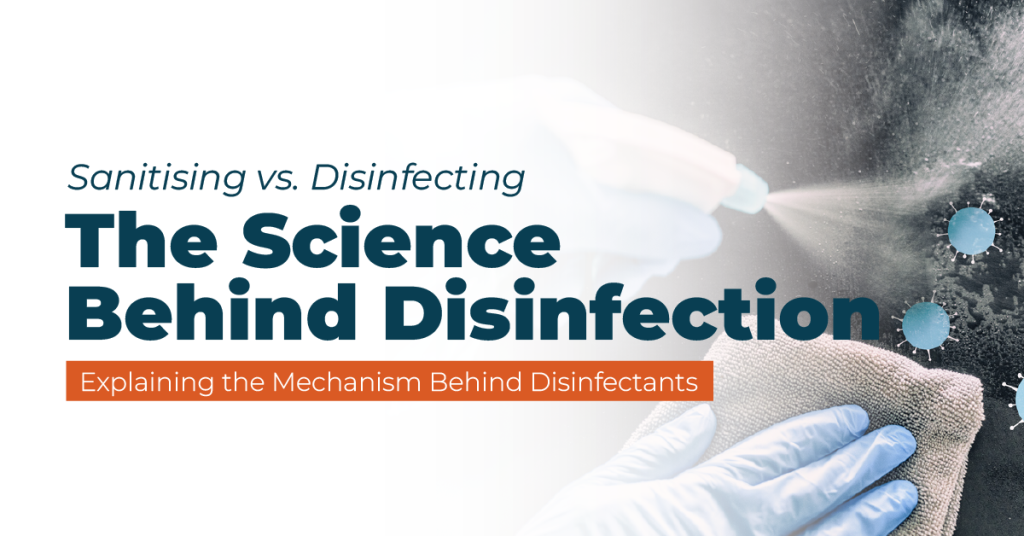
In the previous article, we posed the question, ”What is the difference between sanitising and disinfecting?” and informed our audience that to learn the distinctions between the two processes, they must learn to clearly define each. Starting with cleaning—a foundational step integral to sanitation and disinfection—this step is relatively straightforward to understand. This is followed by sanitising, which involves the use of chemicals to eliminate bacteria. Lastly, disinfecting is aimed at removing both bacteria and viruses. While our previous article

What Is ECOCERT? ECOCERT is a France-based certification body that provides certification for organic and environmentally friendly products. Established in 1991, ECOCERT specialises in inspecting and certifying organic and natural products according to various standards, including organic farming, organic cosmetics, fair trade, and sustainable agricultural and food industry practices. The organisation has developed stringent criteria and guidelines that products must meet to receive their certification. These criteria often involve using natural ingredients, limitations on synthetic chemicals, environmentally friendly production
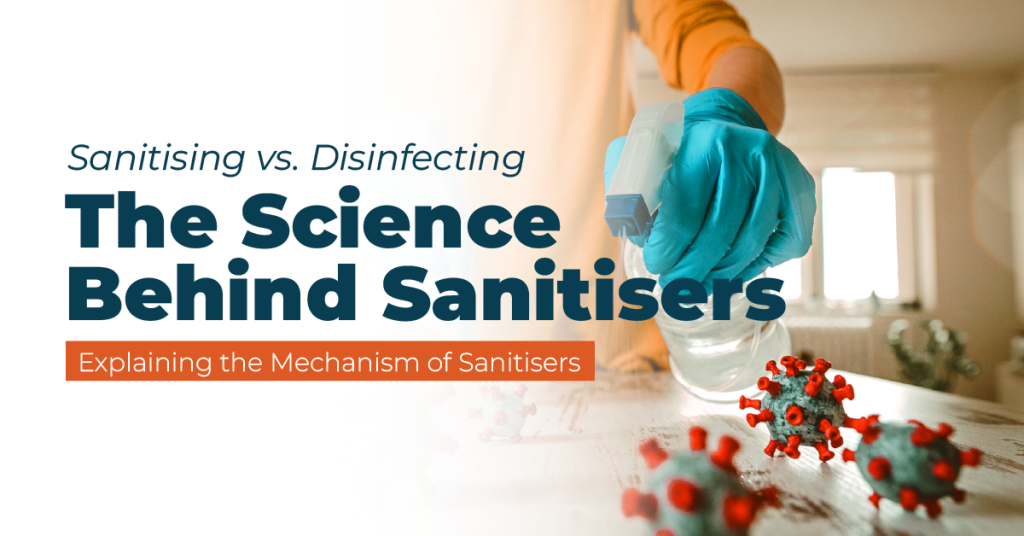
In the battle against germs and contaminants, our first line of defence is often the simplest: cleaning. But when it comes to ensuring the safety and cleanliness of our environments, the terms “cleaning,” “sanitising,” and “disinfecting” are frequently used interchangeably, causing confusion about their true purposes and effectiveness. So, to answer the question ‘What is the difference between sanitising and disinfecting?’, you must first understand the distinctions among these processes: cleaning, the initial step in the hygiene hierarchy, rids surfaces
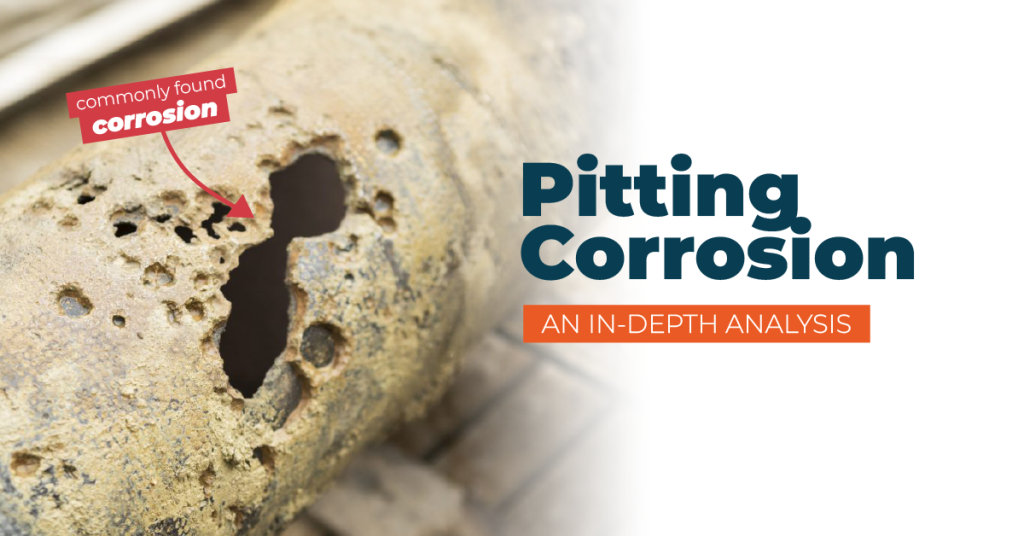
What is Pitting Corrosion? Pitting corrosion is a specific type of corrosion that creates cavities or “holes” within a material. It is more perilous than uniform corrosion because it’s challenging to detect, predict, and safeguard against. Corrosion products frequently conceal these pits, and even a small, narrow pit with minimal metal loss can trigger failure in an entire engineering system. Pitting corrosion, a common factor in various localised corrosion attacks, can manifest in diverse shapes. These pits may appear open
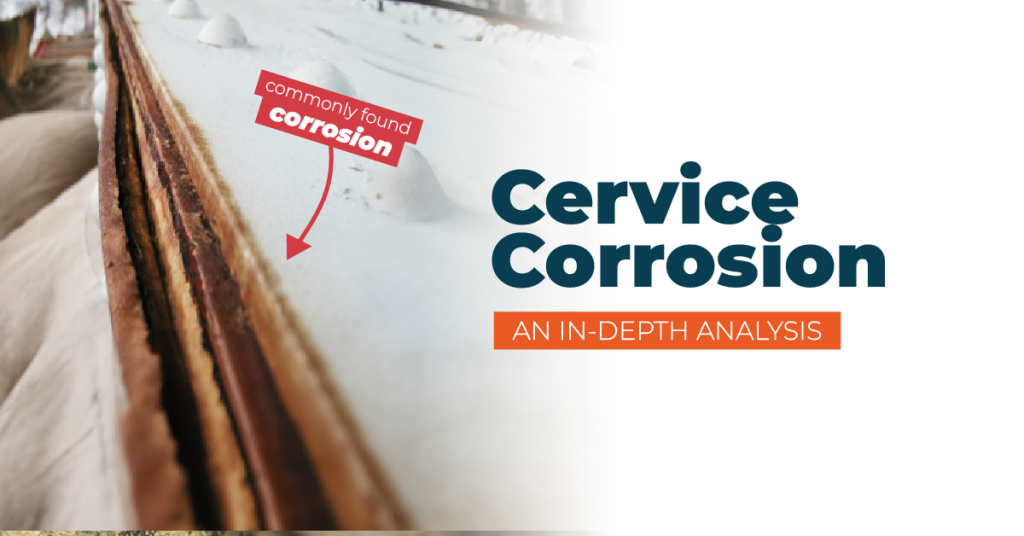
Numerous types of corrosion manifest visibly through extensive deterioration and discolouration. However, crevice corrosion initiates from a minute surface area and swiftly expands out of view within the metal, concealed beneath insulation or within tanks and vessels, resulting in potential component or structural failure without adequate warning. Thankfully, the origins of crevice corrosion are thoroughly understood. This guide not only explains the factors that promote this particular corrosion but also offers preventive measures, making risk mitigation a straightforward process. Also
If you do not have a myorapi account, please click on button below.
[button text="Request for an account" link="https://orapiasia.com/myorapi-login-request-form/"]